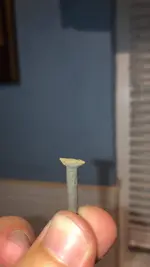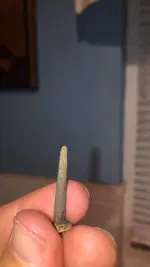What about Spanish shipbuilding in the Americas? In Cuba, probably Hispaniola and Vera Cruz?
"The history of commercial mining in Mexico dates back to the Colonial Period. Because of its use in
many critical sectors of the economy, copper was a significant resource in New Spain. In a society where
iron goods were scarce, copper (unalloyed or mixed with tin or zinc to produce bronze or brass) was
indispensable. It was the most widely employed utilitarian metal in Spanish Colonial times. Its importance
is manifest in the many ways it was used, from coinage and armaments to innumerable articles of industrial,
domestic, and artistic use. In its nonmetallic form, it was used to process silver ore. In the eyes of the crown,
the use of copper for making silver and gold coins and armaments commanded the highest priority followed
by its use for making utensils and equipment needed in the manufacture of sugar (Barrett, 1987).
During the next 300 years of Spanish rule, different minerals were extracted from the ground, including copper,
coal, lead, and iron. Copper was extracted mainly from the Inguaran mines and the surrounding areas, which
remain today among the major mineral deposits in Mexico. Because of its strategic importance, the Spanish
crown maintained a monopoly on this mineral resource through the early nineteenth century."
https://link.springer.com/referenceworkentry/10.1007/978-94-007-3934-5_9872-1
Ships that were constructed in Spain but repaired in the Americas might have had copper or bronze fasteners perhaps?







